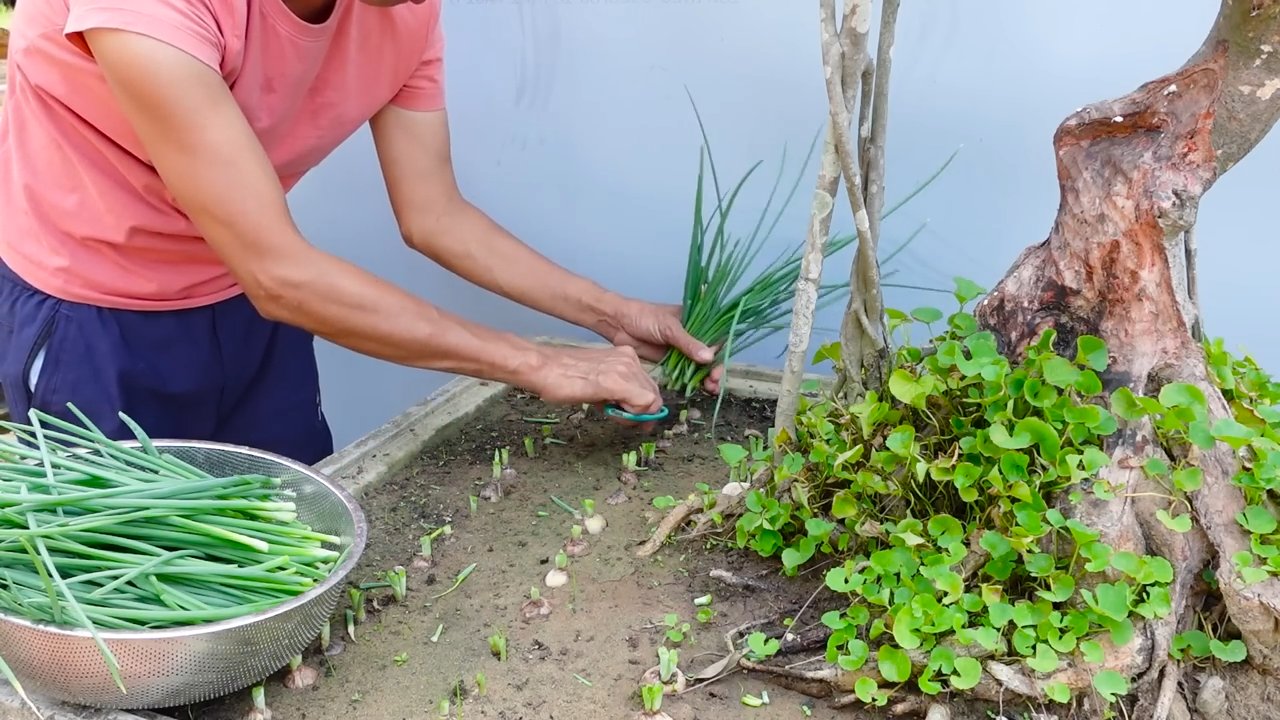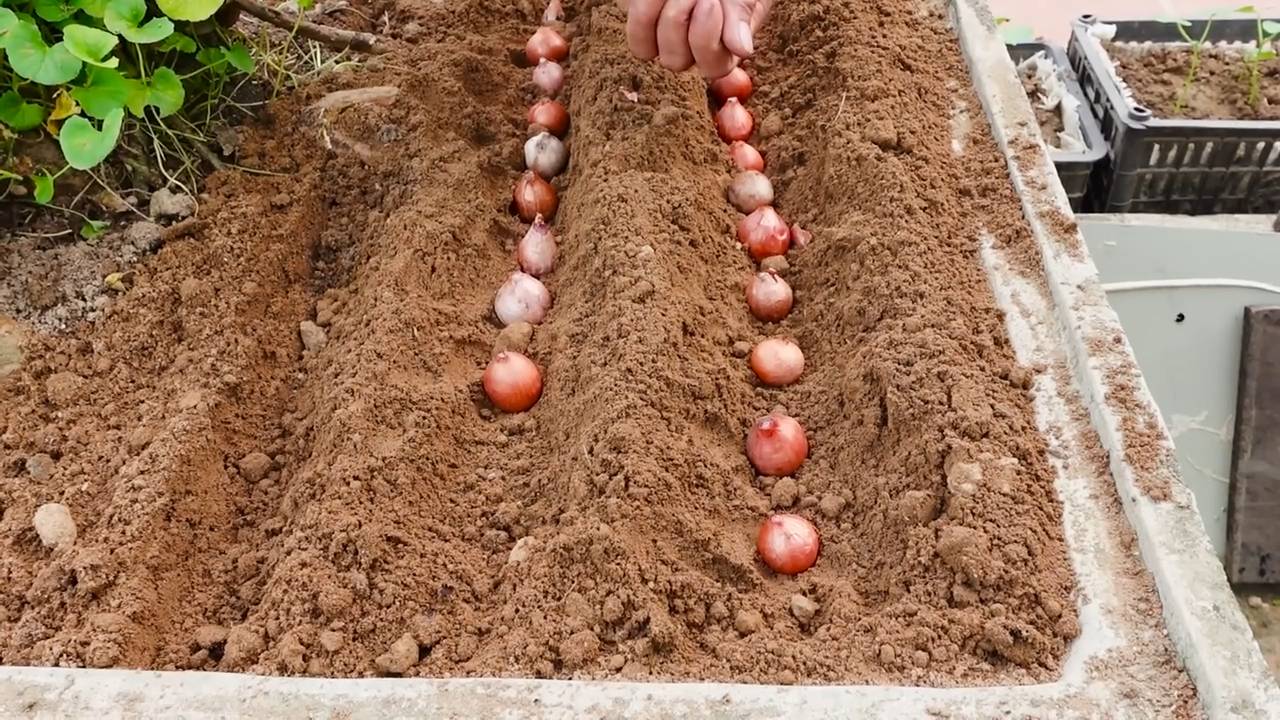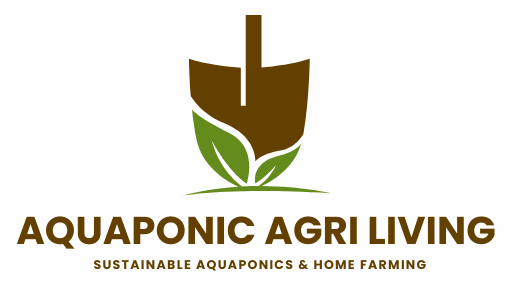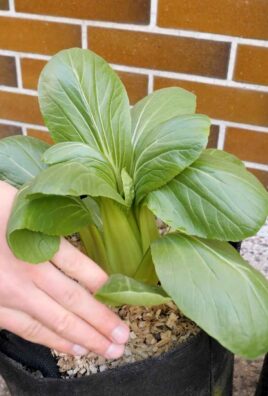Growing green onions indoors is easier than you might think, and I’m here to show you how! Forget those sad, wilted green onions from the grocery store – imagine snipping fresh, vibrant green onions right from your kitchen windowsill whenever you need them. This isn’t just about convenience; it’s about bringing a little bit of the garden inside, no matter the season.
For centuries, cultures around the world have valued green onions, not only for their delicious flavor but also for their medicinal properties. From ancient Chinese cuisine to modern-day salads, these versatile alliums have been a staple ingredient. But did you know you can easily cultivate them yourself, even without a sprawling backyard?
In today’s fast-paced world, finding moments of connection with nature can be a real challenge. That’s where this simple DIY trick comes in. Growing green onions indoors offers a therapeutic escape, a chance to nurture something green, and a guaranteed supply of fresh flavor for your favorite dishes. Plus, it’s incredibly budget-friendly! Why spend money on store-bought green onions when you can easily regrow them from scraps? Let’s dive in and discover the secrets to a thriving indoor green onion garden!

Growing Green Onions Indoors: A Beginner’s Guide
Hey there, fellow plant enthusiasts! Ever find yourself needing just a sprinkle of green onion for a recipe and dreading a trip to the store? Well, I’ve got a super easy and rewarding solution for you: growing green onions indoors! It’s surprisingly simple, requires minimal effort, and provides a constant supply of fresh, flavorful green onions right at your fingertips. Trust me, once you start, you’ll wonder why you didn’t do it sooner.
What You’ll Need
Before we dive in, let’s gather our supplies. The beauty of this project is that you probably already have most of these items lying around:
* Green Onions: The stars of the show! You can use store-bought green onions or ones from your garden. Look for ones with healthy roots attached.
* A Glass or Jar: Any glass or jar that can hold water and the green onion roots will work. I personally like using mason jars or recycled glass containers.
* Water: Tap water is perfectly fine.
* Scissors or a Knife: For trimming the green onions.
* Optional: Potting Soil and a Small Pot: If you want to transition your green onions to soil for longer-term growth.
* Optional: Liquid Fertilizer: A diluted liquid fertilizer can give your green onions an extra boost.
The Water Propagation Method: The Easiest Start
This is the method I usually recommend to beginners because it’s incredibly straightforward and requires almost no effort.
Step-by-Step Instructions:
1. Prepare the Green Onions: Take your bunch of green onions and trim off the green tops, leaving about 1-2 inches of green above the white bulb and roots. Don’t throw away the green tops! You can use them in your cooking right away. This is the beauty of this project – instant gratification!
2. Place in Water: Put the remaining white bulb and root portion of the green onions into your glass or jar. Add enough water to cover the roots, but be careful not to submerge the entire bulb. You want the very top of the white part to be exposed to air.
3. Find a Sunny Spot: Place your jar of green onions in a bright, sunny location. A windowsill that gets at least 4-6 hours of sunlight per day is ideal. If you don’t have a sunny windowsill, you can use a grow light.
4. Change the Water Regularly: This is crucial! Change the water every 1-2 days to prevent bacteria growth and keep the water fresh. This will also help prevent any unpleasant odors.
5. Watch Them Grow!: Within a few days, you’ll start to see new green shoots emerging from the cut ends. It’s so satisfying to watch them grow!
6. Harvest and Enjoy: Once the green shoots have grown to a usable length (usually a few inches), you can harvest them by snipping off what you need with scissors. Leave about an inch or two of green growth so the plant can continue to produce.
7. Repeat: Continue to change the water regularly and harvest as needed. The green onions will continue to grow for several weeks, providing you with a constant supply of fresh greens.
Transitioning to Soil: For Longer-Term Growth
While the water propagation method is great for a quick and easy start, eventually, your green onions will start to lose their vigor in just water. Transitioning them to soil can help them thrive for a longer period.
Step-by-Step Instructions:
1. Choose a Pot: Select a small pot with drainage holes. The pot should be large enough to accommodate the roots of your green onions. A 4-6 inch pot is usually sufficient.
2. Prepare the Potting Soil: Fill the pot with a well-draining potting mix. I like to use a mix of potting soil, perlite, and vermiculite for good drainage and aeration.
3. Plant the Green Onions: Gently remove the green onions from the water. Dig a small hole in the potting soil and plant the green onion bulbs, making sure the roots are covered and the top of the bulb is just above the soil line.
4. Water Thoroughly: Water the soil thoroughly after planting.
5. Find a Sunny Spot: Place the pot in a bright, sunny location, similar to the water propagation method.
6. Water Regularly: Keep the soil consistently moist, but not soggy. Water when the top inch of soil feels dry to the touch.
7. Fertilize (Optional): To give your green onions an extra boost, you can fertilize them every few weeks with a diluted liquid fertilizer. Follow the instructions on the fertilizer package.
8. Harvest and Enjoy: As with the water propagation method, you can harvest the green shoots as needed by snipping them off with scissors.
Troubleshooting Tips
Even with the simplest projects, sometimes things don’t go exactly as planned. Here are a few common issues you might encounter and how to address them:
* Yellowing Leaves: Yellowing leaves can be a sign of overwatering, underwatering, or lack of nutrients. Make sure you’re watering properly and consider adding a diluted liquid fertilizer. Also, ensure they are getting enough sunlight.
* Slow Growth: Slow growth can be caused by insufficient sunlight, lack of nutrients, or poor water quality. Make sure your green onions are getting enough sunlight, change the water regularly (if using the water propagation method), and consider fertilizing.
* Rotting Roots: Rotting roots are usually a sign of overwatering or poor water quality. Make sure you’re not overwatering and change the water regularly. If the roots are severely rotted, you may need to start with fresh green onions.
* Pests: While it’s rare for indoor green onions to be affected by pests, it can happen. If you notice any pests, such as aphids or spider mites, you can try spraying them with insecticidal soap or neem oil.
Tips for Success
Here are a few extra tips to help you succeed in growing green onions indoors:
* Start with Healthy Green Onions: Choose green onions with healthy, firm bulbs and roots. Avoid any that are soft, mushy, or discolored.
* Use Clean Water: Always use clean water for both the water propagation method and watering the soil.
* Provide Adequate Sunlight: Green onions need plenty of sunlight to thrive. If you don’t have a sunny windowsill, consider using a grow light.
* Don’t Overharvest: Avoid harvesting too much of the green growth at once. Leave at least an inch or two of green growth so the plant can continue to produce.
* Rotate Your Crops: After a few months, your green onions may start to lose their vigor. It’s a good idea to start with fresh green onions every few months to ensure a continuous supply of fresh greens.
Why I Love Growing Green Onions Indoors
Honestly, growing green onions indoors has become one of my favorite little gardening hacks. It’s so convenient to have fresh green onions readily available whenever I need them. Plus, it’s a great way to reduce food waste by regrowing the scraps that would otherwise end up in the compost bin. And let’s be honest, there’s something incredibly satisfying about watching something grow, even if it’s just a humble green onion.
So, give it a try! I promise you won’t be disappointed. Happy growing!

Conclusion
So, there you have it! Growing green onions indoors from scraps is not just a fun little project; it’s a game-changer for your kitchen and your wallet. Think about it: no more last-minute grocery store runs for a single bunch of scallions. No more watching those sad, forgotten green onions wilt away in the crisper drawer. Instead, you have a perpetually replenishing supply of fresh, flavorful green onions right at your fingertips.
This DIY trick is a must-try for several reasons. First and foremost, it’s incredibly easy. If you can put a green onion in a glass of water, you can do this. Second, it’s sustainable. You’re reducing food waste by giving those seemingly useless scraps a new lease on life. Third, it’s economical. You’re essentially getting free green onions, which adds up over time, especially if you use them as frequently as we do. Fourth, it’s a fantastic way to introduce children to the wonders of gardening and the magic of watching something grow.
But the benefits don’t stop there. Imagine the possibilities! You can experiment with different varieties of green onions. Try growing shallots or even leeks from their root ends using the same method. You can also play around with different growing mediums. While water works perfectly well, you might find that transferring your regrown green onions to a pot of soil after a few weeks yields even more robust growth and a richer flavor. Consider adding a diluted liquid fertilizer every couple of weeks to give them an extra boost.
Don’t be afraid to get creative with how you use your homegrown green onions. Sprinkle them on everything from soups and salads to tacos and stir-fries. Use them as a garnish for grilled meats or fish. Add them to omelets or scrambled eggs for a burst of fresh flavor. The possibilities are endless!
We’re confident that once you try this simple DIY trick, you’ll be hooked. It’s a rewarding and practical way to add a touch of green to your home and a burst of flavor to your meals. It’s a simple way to practice sustainability and reduce your grocery bill. It’s a win-win-win situation!
So, what are you waiting for? Grab those green onion scraps, find a glass or jar, and get started today. We can’t wait to hear about your experiences. Share your photos and tips in the comments below. Let’s create a community of indoor green onion growers and inspire others to embrace this simple and sustainable way to add fresh flavor to their lives. Happy growing!
Frequently Asked Questions (FAQ)
How long does it take for green onions to regrow?
Generally, you’ll start to see noticeable regrowth within a few days. Within a week or two, you should have a significant amount of new green growth that you can harvest. The speed of regrowth depends on factors like the variety of green onion, the amount of light it receives, and the temperature. Warmer temperatures and plenty of sunlight will encourage faster growth.
What part of the green onion do I need to regrow it?
You only need the white root end of the green onion, about 1-2 inches from the root. Make sure to leave the roots intact, as these are essential for absorbing water and nutrients. You can use the green parts of the onion for cooking as usual.
Can I regrow green onions in soil instead of water?
Yes, absolutely! While water is a convenient and easy starting point, transferring your regrown green onions to soil can lead to even better results. After the roots have developed in water for a week or two, you can plant them in a pot filled with well-draining potting mix. This will provide them with more nutrients and support stronger growth.
How often should I change the water when growing green onions in water?
It’s a good idea to change the water every 1-2 days to prevent bacterial growth and keep the water fresh. This will help ensure that your green onions stay healthy and grow well.
How much sunlight do green onions need to regrow indoors?
Green onions need at least 6 hours of sunlight per day to thrive. Place them near a sunny window, preferably one that faces south or west. If you don’t have enough natural light, you can supplement with a grow light.
Can I use tap water to regrow green onions?
Yes, you can use tap water, but it’s best to let it sit out for a few hours or overnight to allow the chlorine to dissipate. Alternatively, you can use filtered water.
How often can I harvest green onions that I’m regrowing?
You can harvest green onions as needed, but be sure to leave at least an inch or two of the green growth so that the plant can continue to regrow. Avoid cutting them all the way down to the base.
Will the regrown green onions taste the same as the original ones?
Yes, the regrown green onions will generally taste the same as the original ones. However, the flavor may be slightly milder if they are grown in water for an extended period. Growing them in soil can help to maintain a stronger flavor.
Can I regrow other types of onions using this method?
While this method works best with green onions, you can also try it with shallots, leeks, and even regular onions. However, the success rate may vary, and the regrowth may not be as prolific as with green onions.
What if my green onions start to turn yellow or brown?
Yellowing or browning leaves can indicate a few things. It could be due to lack of sunlight, poor water quality, or nutrient deficiency. Make sure your green onions are getting enough light, change the water regularly, and consider adding a diluted liquid fertilizer if they are growing in soil.
Is it possible to grow green onions indoors year-round?
Yes, absolutely! One of the best things about growing green onions indoors is that you can do it year-round, regardless of the weather outside. As long as you provide them with enough light, water, and nutrients, they will continue to grow.
Can I use fertilizer to help my green onions grow faster?
Yes, you can use a diluted liquid fertilizer to help your green onions grow faster, especially if they are planted in soil. Look for a balanced fertilizer with equal amounts of nitrogen, phosphorus, and potassium. Follow the instructions on the fertilizer package and avoid over-fertilizing, as this can damage the plants.
What are some common problems when growing green onions indoors and how to fix them?
Some common problems include yellowing leaves (addressed above), slow growth (ensure adequate light and nutrients), and root rot (change water frequently and avoid overwatering if in soil). If you notice any pests, such as aphids, you can try spraying the plants with a diluted solution of soapy water.
How do I know when it’s time to transfer my green onions from water to soil?
A good time to transfer your green onions from water to soil is when they have developed a healthy root system, typically after a week or two. The roots should be at least an inch or two long.
Can I grow green onions in a hydroponic system?
Yes, green onions are well-suited for hydroponic systems. This can be a great way to provide them with a consistent supply of nutrients and water, leading to faster and more robust growth.




Leave a Comment